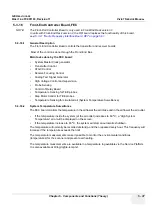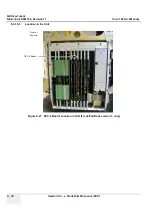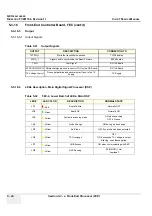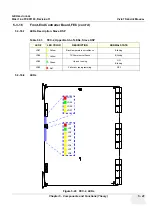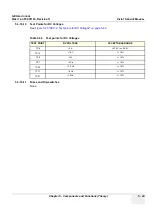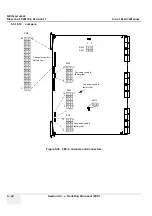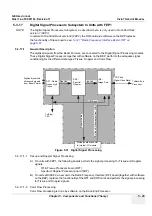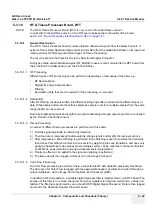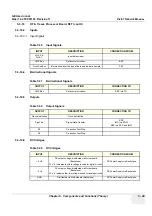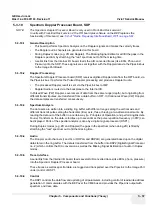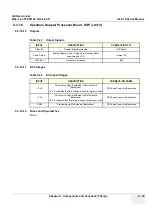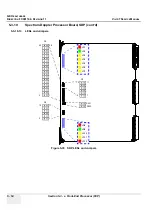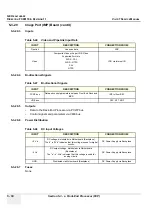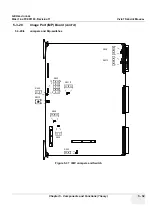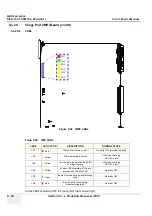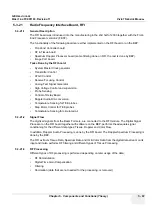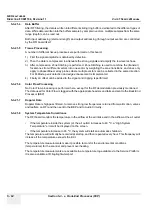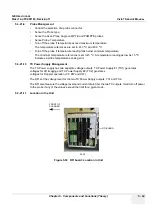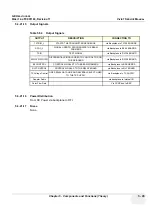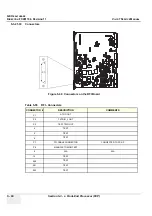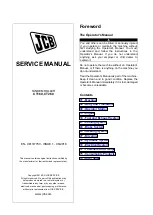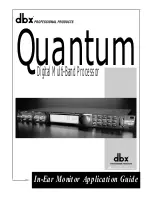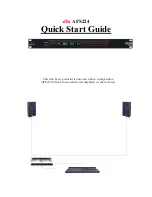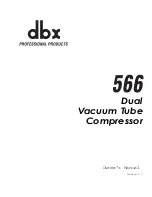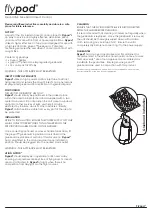
GE H
EALTHCARE
D
IRECTION
FC091194, R
EVISION
11
V
IVID
7 S
ERVICE
M
ANUAL
Chapter 5 - Components and Functions (Theory)
5 - 51
5-3-19
Spectrum Doppler Processor Board, SDP
NOTE:
The Spectrum Doppler Processor Board is only used in Front-End Rack version 1.
In units with Front-End Rack version 2, the RFI board plus software on the BEP replaces the
functionality of this board, see:
5-3-21 "Radio Frequency Interface Board, RFI" on page 5-61
.
5-3-19-1
General Description
•
This board performs Spectrum Analysis on the Doppler signals and makes the velocity traces,
•
The Doppler audio channels are generated on this board.
•
During Duplex modes (e.g. 2D and Doppler), The Missing Signal Estimator will fill the gaps in the
Doppler spectrum by stretching the “real” spectrum out to fill the missing time.
•
A serial link from the Internal I/O board, feeds the A/D converted traces (like ECG, Phono and
Pressure) into the SDP. These signals are sent together with the Doppler data via the PipeLink bus
to the Image Port Board.
5-3-19-2
Doppler Processing
The Spectrum Doppler Processor board (SDP) receives digitized Doppler data from the RFT board, via
the PipeLink bus. It performs the Pulsed Doppler processing and produces Doppler Audio.
•
The processed Doppler result is sent via the PipeLink bus to IMP.
•
Doppler Audio is routed via the backplane to the Internal I/O.
In Pulsed Wave (PW) Doppler, several sets of data from the same range (depth), but originating from
different transmit pulses, are transferred from a data buffer on RFT. In Continuous Wave (CW) Doppler,
the data samples are transferred consecutively.
5-3-19-3
Spectrum Analysis
The data sets are written into a sliding ring buffer with different ranges along the vertical axis and
different transmit pulses along the horizontal (time) axis, thus achieving a two-dimensional matrix. By
reading the data out of the buffer in a certain way (re. Principles of Operation) and performing Discrete
Fourier Transform on the data, velocities up to seven times the pulse repetition frequency (in PW) can
be displayed. Parts of the spectral analysis is done by a digital signal processor (DSP1).
During Duplex modes (e.g. 2D and Doppler) the gaps in the spectrum (when doing 2D) is filled by
stretching the “real” spectrum out to fill the missing time.
5-3-19-4
Audio
The Doppler audio channels (I and Q, or DOPLA and DOPLB) are generated based upon the digital
data stored in the ring buffer. The data is transferred from the buffer into DSP2 (Digital Signal Processor
no. 2) which controls the D/A conversion as well as the Missing Signal Estimation of audio in Duplex
modes.
5-3-19-5
Trace Interface
A serial link from the Internal I/O board, feeds several A/D converted traces (like ECG, phono, pressure)
into the Spectrum Doppler Processor board.
These traces as well as spectral data, are tagged and transported over the PipeLink to the Image Port
under control of DSP1.
5-3-19-6
Control
The DSP1 controls the data flow and updating of all parameters, including control of read/write address
generation. It communicates with the BEP over the VME bus and provides the PipeLink output with
spectrum and trace data.
Summary of Contents for Vivid 7
Page 1: ...GE Healthcare Operating Documentation Vivid 7 Service Manual Part Number FC091194 Revision 11...
Page 2: ......
Page 9: ...GE HEALTHCARE DIRECTION FC091194 REVISION 11 VIVID 7 SERVICE MANUAL vii JA ZH CN KO...
Page 38: ...GE HEALTHCARE DIRECTION FC091194 REVISION 11 VIVID 7 SERVICE MANUAL xxxvi...
Page 856: ...GE HEALTHCARE DIRECTION FC091194 REVISION 11 VIVID 7 SERVICE MANUAL Index 8...
Page 857: ......

